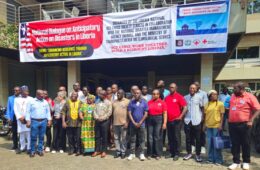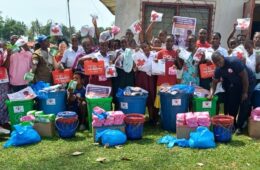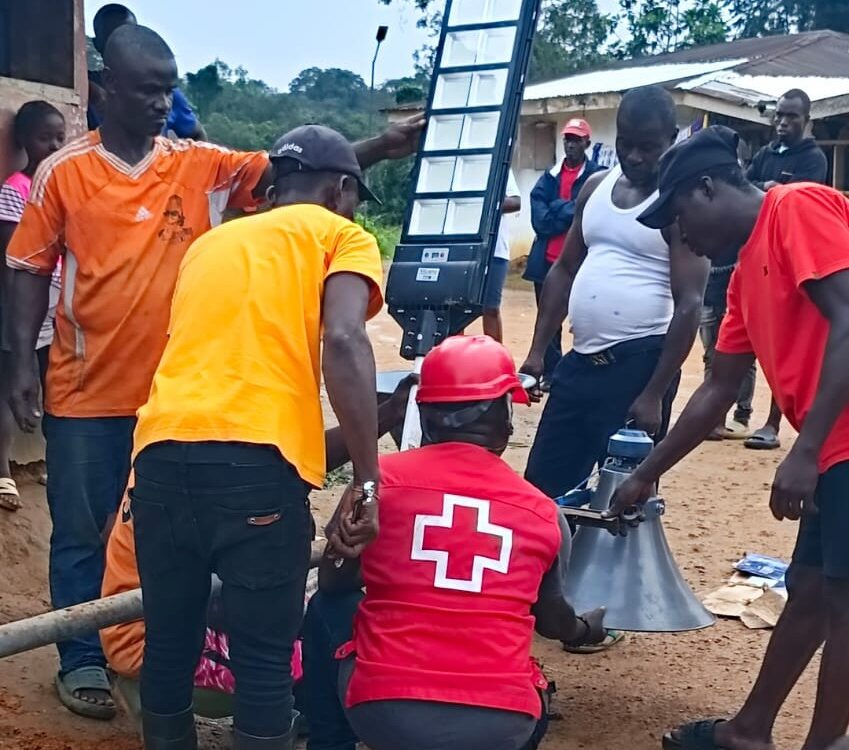 October 13, 2025
October 13, 2025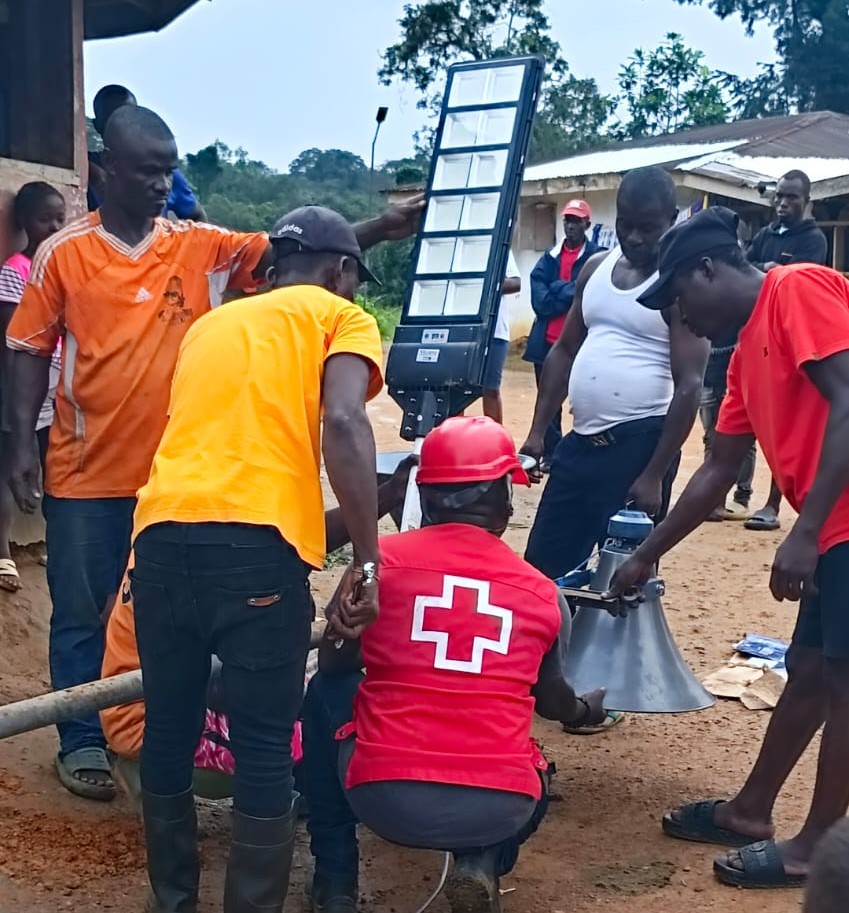
In Observance of International Day for Disaster Risk Reduction on October 13 2025, the Liberia National Red Cross Society (LNRCS) has called for stronger global and national commitments to disaster risk reduction (DRR) and building community resilience, urging a shift from funding disaster response to investing in prevention and preparedness.
In a statement issued to mark International Day for Disaster Risk Reduction (IDDRR), observed on October 13, the Red Cross emphasized that investing in resilience is far more effective and sustainable than reacting to crises after they occur. The 2025 global theme — “Fund Resilience, Not Disasters” — underscores the urgent need for governments, donors, and partners to prioritize funding that enables communities to anticipate, prepare for, and withstand future shocks.
The Chief Executive Officer for the Liberian Red Cross calls on all stakeholders — including government institutions, private sector actors, development partners, and local communities — to invest in resilience today to prevent disasters tomorrow. “Building resilience is not just an act of preparedness; it is an act of hope, sustainability, and humanity,” Mr. Gregory T. Blamoh stated.
The LNRCS CEO has described disasters as “a growing threat to economic prosperity and sustainable development,” noting that “the real costs of disasters are underestimated and unsustainable.” Mr. Blamoh stressed the urgent need for Liberia to increase domestic funding for disaster risk reduction and ensure that all development investments are risk-informed — safeguarding national progress against climate and environmental threats.
“Disaster costs are pushing countries into cycles of debt, lower incomes, and recurring humanitarian crises,” he said. “Declining international assistance makes it even more critical for countries like Liberia to invest in prevention — to build resilience, save lives, and reduce losses before disasters strike.”
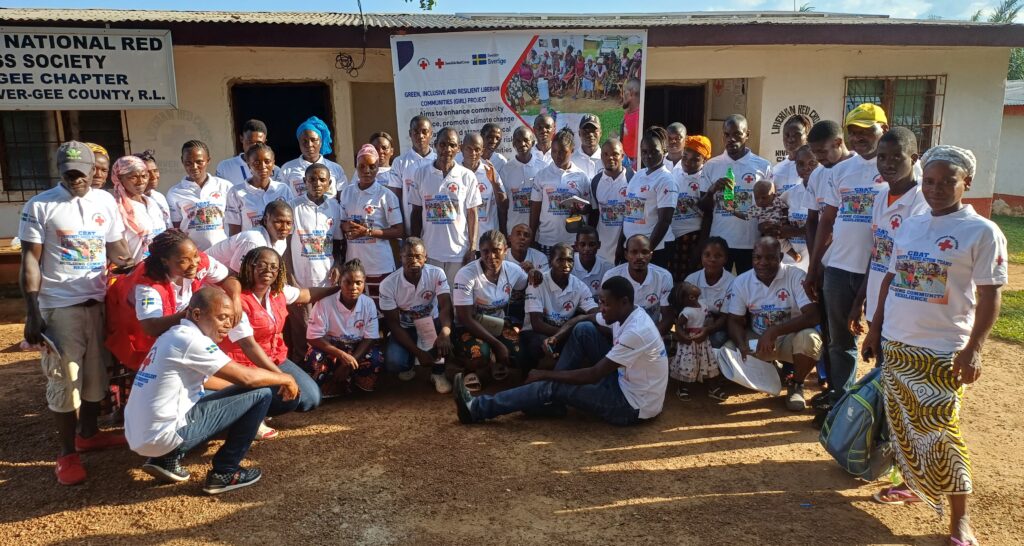
The Liberian Red Cross continues to play a central role in saving lives and strengthening resilience before, during, and after crises while building a sustainable, responsive, and community-driven disaster management framework across the country.
Through its flagship Green, Inclusive and Resilient Liberian Communities (GIRL) Project, supported by the Embassy of Sweden through the Swedish Red Cross, the LNRCS is enhancing community resilience and climate change adaptation in 45 communities across Sinoe, River Gee, and Grand Kru Counties. In those communities, the Liberian Red Cross has trained 450 members of its Community-Based Action Teams (CBATs) and established 12 Community Information Centers — practical steps to empower people to prepare, respond, and recover when disasters strike.
In addition, the Liberian Red Cross in collaboration with ECOWAS and the National Disaster Management Agency is implementing the project: “Strengthening Resilience and Supporting Disaster-Affected Populations in Liberia,” — covering Bong, Lofa, Grand Cape Mount, and Montserrado Counties with focus on livelihood recovery, water and sanitation, and agriculture to rebuild lives, restore dignity, and strengthen long-term community resilience




